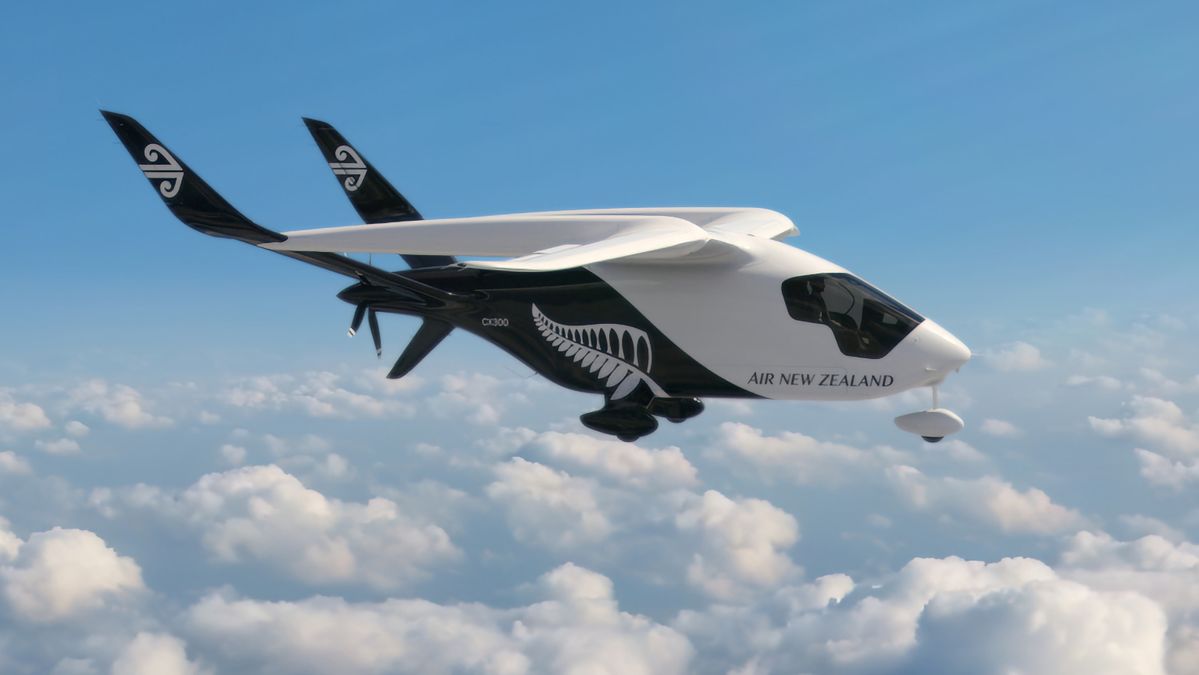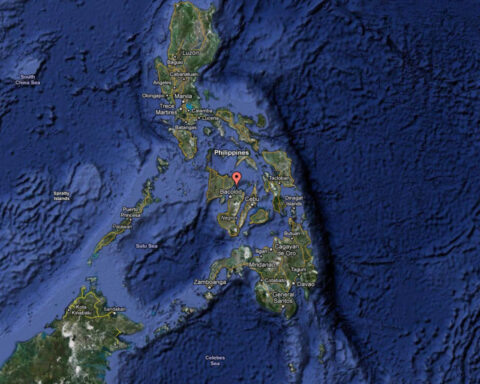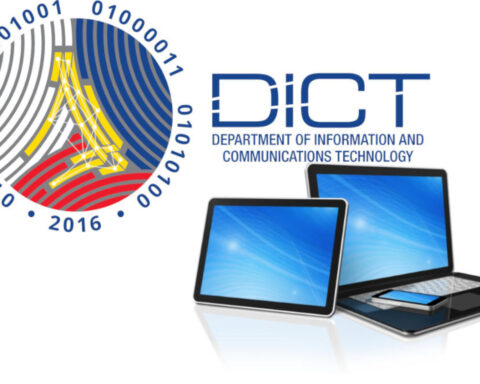Air New Zealand is set to revolutionize mail delivery in New Zealand with the introduction of an electric cargo plane, marking a significant step in the country’s efforts to decarbonize aviation.
The airline recently announced the purchase of a battery-powered, all-electric five-seater aircraft that will transport parcels and letters between regions starting from 2026.
The ALIA Electric Cargo Plane: Design and Features
The ALIA aircraft, designed by US company Beta Technologies, features a conventional airplane takeoff and landing system.
Weighing three tonnes and measuring approximately 12 meters in length, the electric plane can reach speeds of up to 270 km/h, albeit slower than traditional aircraft. It has a cargo capacity of up to 560 kg.
Similar to electric cars, the ALIA aircraft experiences range anxiety. While it can fly over 480 km, it is expected to operate on domestic routes of around 150 km within New Zealand.
Recharging the aircraft’s battery from empty takes approximately 40-60 minutes, slightly longer than refueling a traditional aircraft of similar size.
Air New Zealand will install specialized charging cubes at airports to facilitate the aircraft’s recharge between flights.
Air New Zealand’s Mission: Incorporating Next-Generation Aircraft
This purchase marks the first step in Air New Zealand’s mission to incorporate next-generation aircraft into its fleet.
The airline has options for two additional ALIA aircraft and rights for another 20 under the agreement with Beta Technologies.
Furthermore, Air New Zealand is exploring zero-emissions aircraft options from three other companies, including smaller passenger planes, which it has been evaluating since the previous year.
Greg Foran, Air New Zealand’s chief executive, expressed his hope that the airline will operate zero-emissions electric flights carrying passengers by 2030.
He acknowledged that cargo flights offer a smoother transition to electric propulsion, and once the technology is well-established, passenger flights can be considered.
Foran emphasized that New Zealand’s geography, distances, and passenger loads make Air New Zealand a logical frontrunner in electric passenger aviation.
While electric-run aircraft can currently only replace smaller planes in Air New Zealand’s fleet, Foran acknowledged that a combination of approaches, including sustainable aviation fuel (SAF), will be necessary to reduce emissions.
Challenges and Future Developments in the Aviation Sector
Air New Zealand’s introduction of the electric cargo plane comes at a time when Australia’s aviation sector faces challenges in meeting ambitious climate targets.
Regional and remote communities heavily rely on air connections for economic and health benefits, while Australia depends on long-haul international flights for global connectivity.
Rex Airlines, an Australian regional carrier, has invested in Dovetail Electric Aviation and plans to trial flights using a hydrogen fuel cell system in the future.
Concerns have also been raised about the lack of sustainable aviation fuel availability in Australia and the Pacific, which could impact connectivity in the region.
Proposed Changes for Sustainable Aviation Fuel Use
Virgin Australia has proposed changes to Australia’s emissions reductions laws to allow carriers to purchase greener fuel for international flights and receive recognition for its domestic flights.
This proposal aims to facilitate the use of sustainable aviation fuel by airlines operating in the country.
Source: PhilNews24 | December 6, 2023







